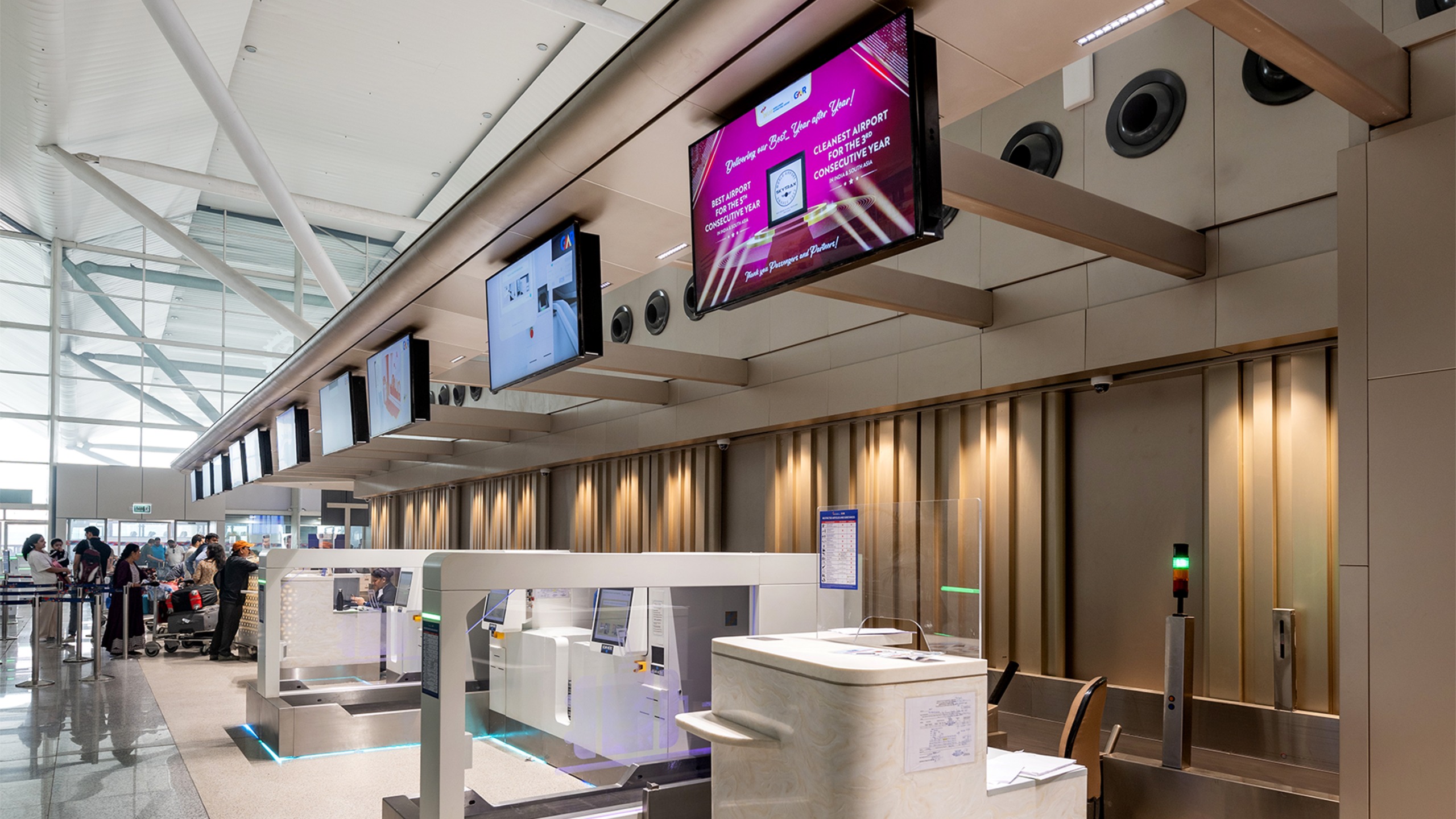
How Airports Can Use Gamification for Security Awareness
Airports operate at the intersection of high traffic, high stakes, and high vulnerability. As threats evolve—from cyber intrusions to insider risks - security awareness must evolve just as rapidly. Traditional training often falls short. To address this, leading airports are turning to gamification — the strategic application of game mechanics to embed security awareness into everyday behavior. This approach doesn’t just educate — it actively engages, motivates, and transforms how both staff and passengers understand and act on security protocols.
Understanding the Security Awareness Challenge
Airports function as complex ecosystems with thousands of daily interactions — each a potential vulnerability. Security awareness goes beyond knowing procedures; it demands a mindset equipped to recognize anomalies and respond swiftly to threats.
Conventional training methods face persistent issues:
- Passive Learning: Lecture-style delivery doesn’t cater to diverse learning preferences.
- Information Overload: Lengthy protocols overwhelm and disengage.
- Poor Retention: Without reinforcement, information fades quickly.
- Generic Content: Training often lacks role-specific relevance.
- Limited Real-World Application: Theory doesn’t always translate to action.
Gamification addresses these issues by leveraging elements that naturally drive human motivation.
Core Gamification Elements for Security Training
1. Progress Tracking & Achievement Systems
Employees can advance through structured security levels, earning digital badges or certifications as they demonstrate competence.
2. Scenario-Based Learning Adventures
Interactive modules simulate real airport situations — ranging from identifying suspicious behavior to responding to cybersecurity incidents.
3. Competition & Social Learning
Leaderboards and inter-departmental challenges foster healthy competition while encouraging peer learning and organizational alignment.
4. Instant Feedback & Adaptive Learning
Real-time responses guide users, while the system adapts difficulty based on performance and knowledge gaps.
Practical Implementation Strategies
For Airport Staff
- Role-Specific Security Quests: Tailored experiences for ground crew, customer service, maintenance, and management ensure relevance and impact.
- Micro-Learning Moments: Short daily challenges can reinforce key messages during shift transitions.
- VR Threat Simulations: Immersive virtual experiences allow staff to practice in high-stakes yet safe environments.
- Security Champion Programs: Gamified pathways identify and empower departmental security advocates.
For Passengers
- Entertaining Education While Waiting: Interactive games in waiting areas can teach travelers procedures while easing perceived wait times.
- App-Based Mini-Games: Rewards like loyalty points or early boarding for completing awareness challenges.
- Pre-Travel Online Preparation: Gamified modules help passengers navigate airport processes confidently and efficiently.
Technology Integration & Platforms
- Gamified Learning Management Systems (LMS): Track progress, measure engagement, and ensure compliance.
- Mobile-First Design: Enables flexible, anytime learning.
- Augmented Reality (AR): Overlays security insights onto physical environments for contextual learning.
- Data Analytics & Personalization: Tracks learning behavior and customizes future modules accordingly.
Measuring Impact & Driving Improvement
Metrics to gauge success include:
- Knowledge retention (via assessments)
- Participation rates and session duration
- Behavior shifts (e.g., increase in incident reporting)
- Staff confidence and satisfaction
- Passenger feedback on security experience
Continuous evolution is critical - driven by feedback, performance data, and emerging threat scenarios.
Overcoming Implementation Challenges
- Budget and Resource Planning: Though requiring upfront investment, long-term gains include reduced incidents and operational efficiencies.
- Cultural Buy-In: Success hinges on commitment from leadership to frontline teams.
- Technical Integration: Systems must align with existing infrastructure and operational protocols.
- Content Relevance: Games must reinforce genuine learning goals, regularly updated to reflect current risks.
Future Trends & Innovations
- AI-Powered Personalization: Tailoring content to user profiles enhances effectiveness.
- Cross-Airport Platforms: Shared gamification frameworks can set industry benchmarks.
- IoT and Smart Integration: Enabling real-time, location-aware training that blends into operational environments.
Conclusion
In an environment where the margin for error is minimal, human awareness remains one of the most powerful yet underutilized tools in airport security. Gamification, when thoughtfully designed, doesn’t just make training engaging—it reshapes perception, boosts retention, and builds a culture of instinctive vigilance. Gamification isn’t a gimmick—it’s a strategic shift in learning design. When done well, it anchors security culture deeply across every layer of airport operations - from the tarmac to the terminal to the cloud.
As Roy Sebastian, CEO of GEMS, rightly notes:
"In high-risk environments like airports, it's not just the systems but the people who form the first line of defense. Gamification brings behavioral science into the security equation—turning abstract policies into reflexive action. The key is designing immersive, role-specific interventions that don't just teach, but internalize security culture across the workforce and passenger ecosystem."
If you'd like to explore customized gamification solutions for your airport, drop us a line at Rohitkumar.Singh@gmrgroup.in or call us at +91 97171 99753
If you need any services, drop us a mail at Rohitkumar.Singh@gmrgroup.in or get in touch with us at +919717199753.
